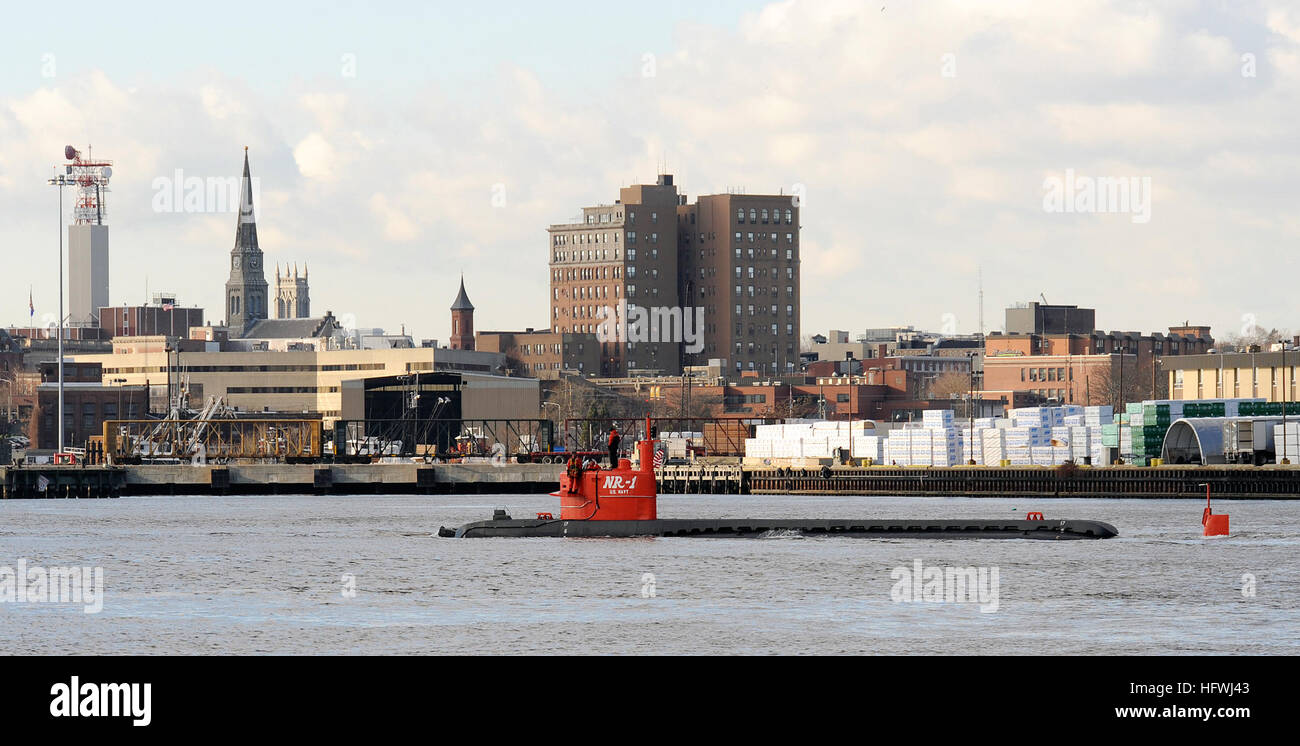


First, decades of accumulated corrosion and stress limit the safe-dive depth of veteran boats. After roughly 20-30 years, degradation coupled with leaps in technology render old nuclear subs obsolete. Nuclear submarines have a short lifespan considering their sheer expense and complexity. During the transport, a storm caused the vessel to sink, killing 9 crewmen. The K-159 nuclear submarine during a transport operation in 2003. A rotting submarine reactor fed by an endless supply of ocean water might re-achieve criticality, belching out a boiling cloud of radioactivity that could infect local seafood populations, spoil bountiful fishing grounds, and contaminate a local oil-exploration frontier. Today, this corner-cutting haunts the Russians. The underwater nuclear junkyard includes at least 14 unwanted reactors and an entire crippled submarine that the Soviets deemed proper decommissioning too dangerous and expensive. Thousands of tons of nuclear material, equal to nearly six and a half times the radiation released at Hiroshima, went into the ocean. It’s only a matter of time before sustained corrosion allows seawater to eat its way to the abandoned uranium, causing an uncontrolled release of radioactivity into the Arctic.įor decades, the Soviet Union used the desolate Kara Sea as their dumping grounds for nuclear waste. In the icy waters north of Russia, discarded submarine nuclear reactors lie deteriorating on the ocean floor-some still fully fueled.


 0 kommentar(er)
0 kommentar(er)
